We are a group of 3 student from an engineer school named ESME Sudria. Within the framework of the International track we are following, we were asked to come up with an idea of project that could fulfil the Sustainable development goals (SDG). That’s how we thought of WallY, a self-sustainable wall garden that is linked to Innovation SDG.
WallY, completely automatic wall garden
A self-sustaining ecosystem build to solve the problem of growing vegetebals in a flat or in an
unsuitable medium
 WallYofficial
WallYofficial
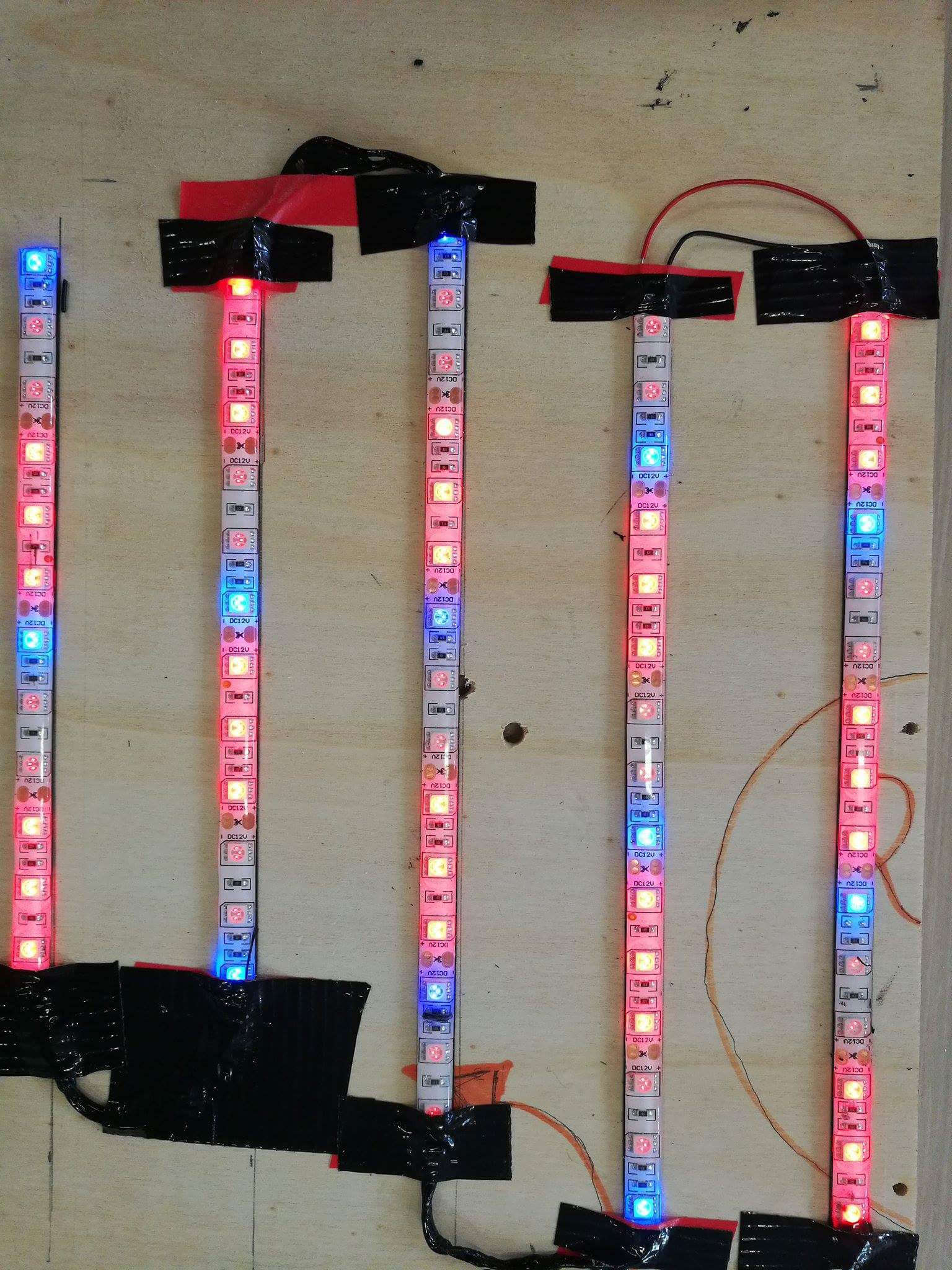
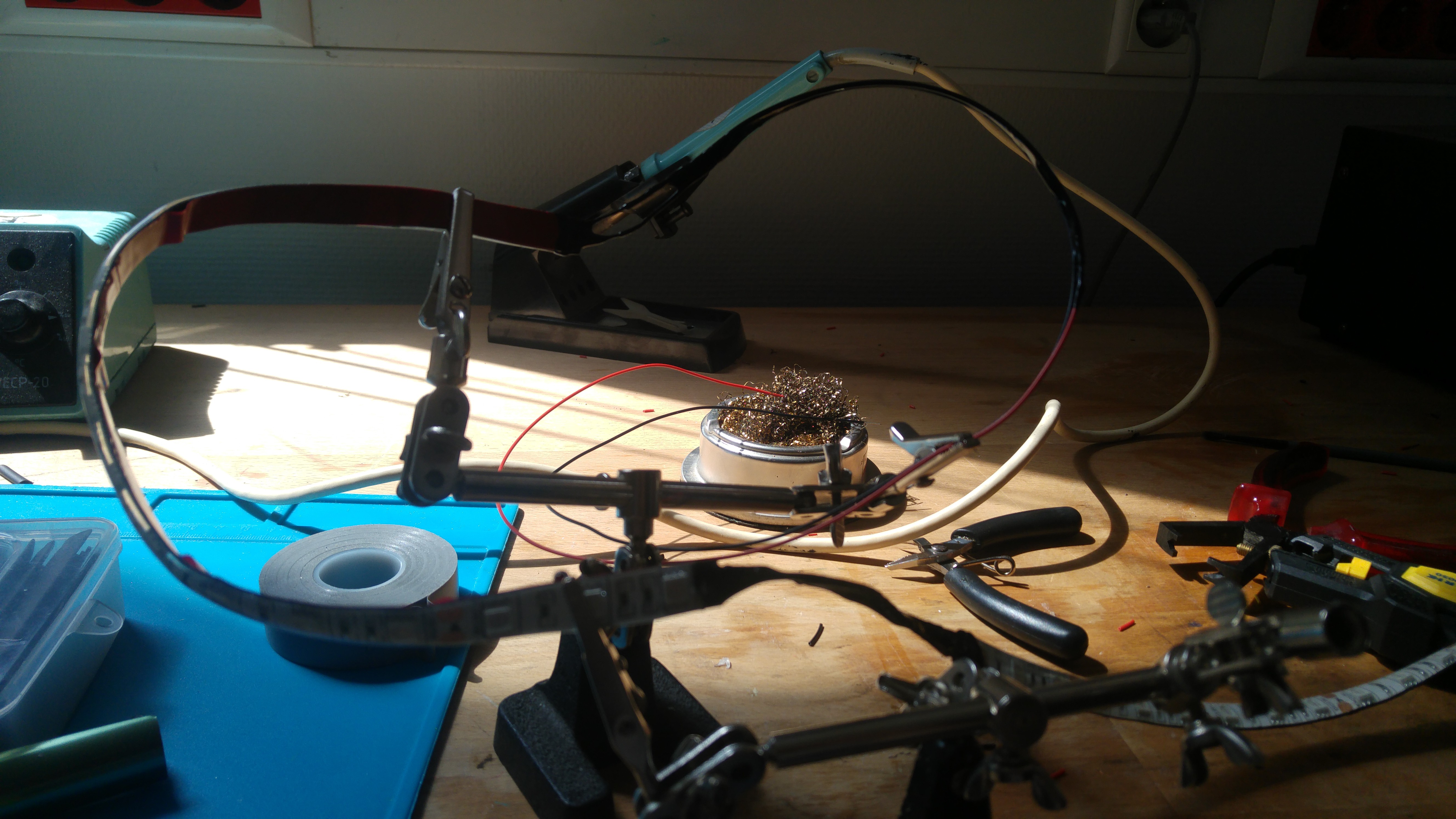
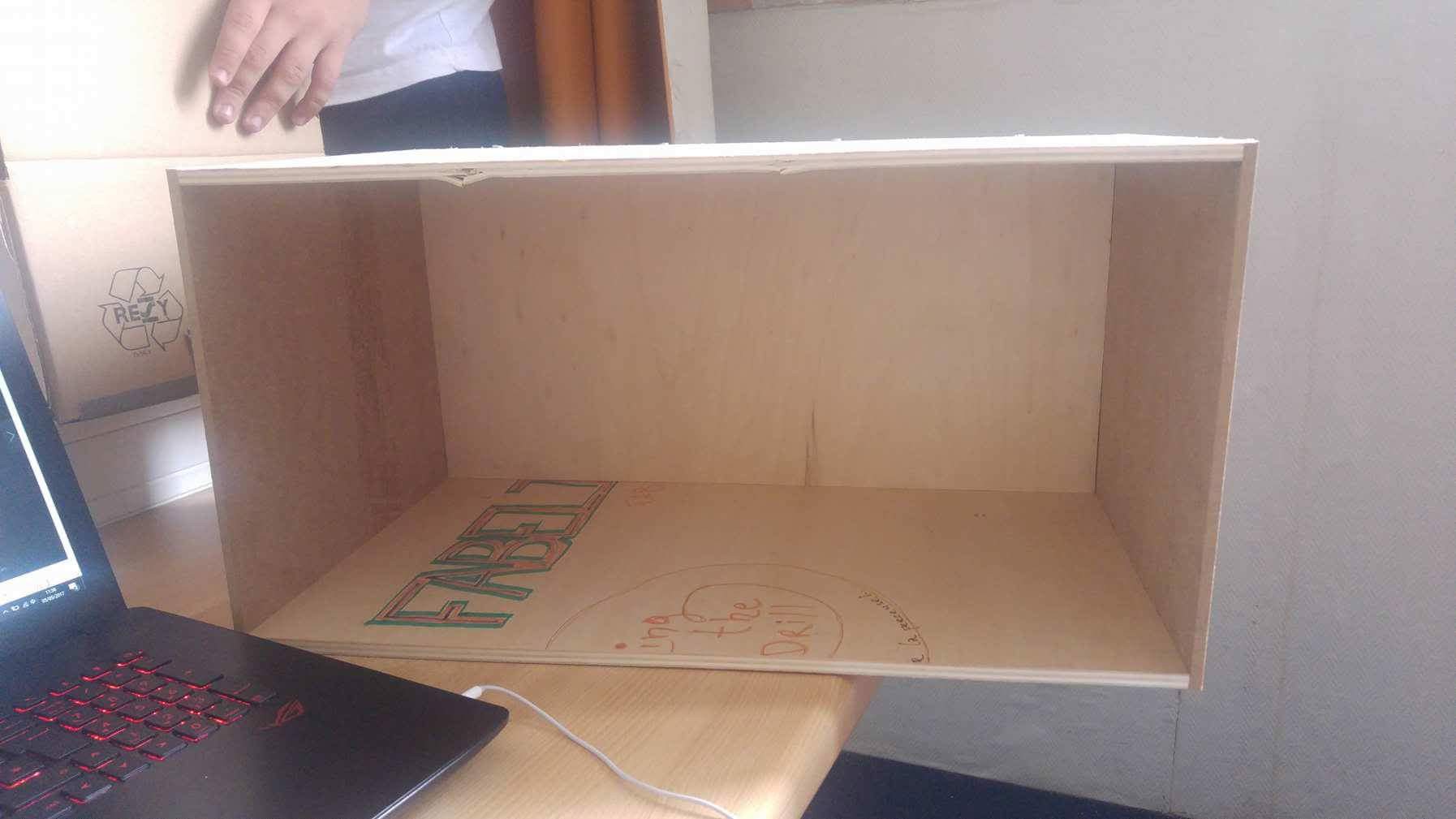

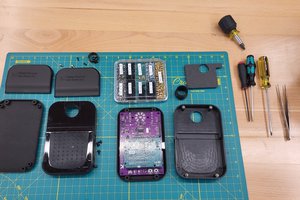
 Supplyframe DesignLab
Supplyframe DesignLab
 Miroslav Zuzelka
Miroslav Zuzelka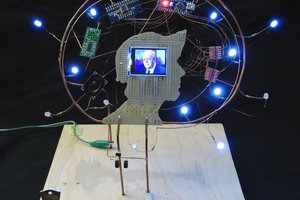
 Daniel Domínguez
Daniel Domínguez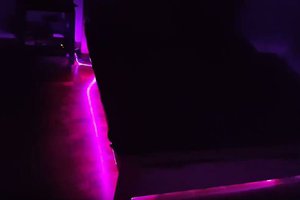
 Fabio
Fabio